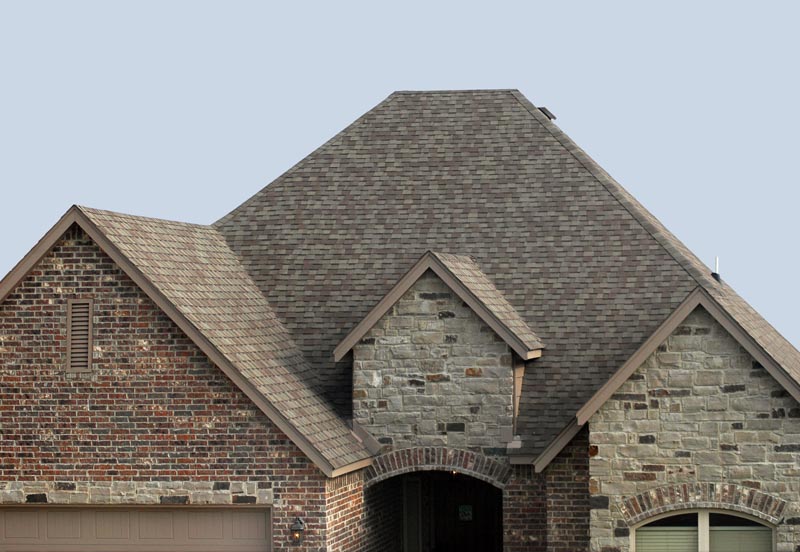
Roofing Safety Checklist for Baltimore Contractors
Roofing Safety Checklist for Baltimore Contractors
Introduction
Roofing is a demanding and potentially dangerous profession, requiring contractors to work at heights, handle heavy materials, and navigate challenging weather conditions. As professionals in Baltimore, it is crucial for roofing contractors to prioritize safety measures to protect themselves, their team, and the residents of the buildings they work on. By following a comprehensive safety checklist, roofing professionals can ensure a secure work environment and minimize the risk of accidents. In this article, we will outline some essential safety measures that every Baltimore contractor should consider.
Safety Measures for Baltimore Roofing Professionals
- Fall Protection: Falls from rooftops are a leading cause of injuries in the roofing industry. To prevent such incidents, it is essential for Baltimore roofing contractors to invest in fall protection measures. This includes using safety harnesses, guardrails, and safety nets to provide a reliable anchor and catch system. Additionally, contractors should conduct regular inspections of fall protection equipment to ensure its effectiveness.
-
Proper Training and Certification: It is crucial for Baltimore contractors to ensure that all workers are adequately trained and certified for roofing operations. Proper training should cover safety protocols, hazard identification, ladder usage, material handling, and emergency procedures. By investing in comprehensive training programs, contractors can minimize the risk of accidents and ensure the competence of their workforce.
-
Weather Considerations: Baltimore experiences a variety of weather conditions throughout the year, including high winds and heavy rains. Contractors must consider weather forecasts before beginning any roofing project. In case of adverse weather conditions, it is crucial to delay the work until it is safe to proceed. Slippery surfaces and gusts of wind can significantly increase the risk of accidents and must be taken into account.
-
Tool and Equipment Safety: Roofing contractors rely on various tools and equipment to complete their work. It is paramount to ensure that all tools are in good working condition. Regular maintenance and inspections should be conducted to identify any potential safety hazards. Additionally, using personal protective equipment, such as helmets, gloves, and safety glasses, is essential to prevent injuries caused by falling debris or accidents during tool usage.
-
Communication and Coordination: Effective communication is vital to maintaining a safe work environment. Contractors should establish clear communication channels and protocols among workers, supervisors, and clients. Adequate coordination ensures that everyone is aware of their responsibilities and potential hazards. Regular safety meetings should be conducted to address any concerns, share best practices, and reinforce safety protocols.
Ensuring a Secure Work Environment in Baltimore Roofing
-
Adherence to OSHA Regulations: Contractors must comply with the Occupational Safety and Health Administration (OSHA) regulations to ensure a secure work environment. Familiarizing themselves with OSHA standards and implementing them on the job site is crucial. This includes proper use of safety equipment, adequate training, and maintaining records to demonstrate compliance.
-
Routine Inspections: Regular inspections are essential to identify potential safety hazards and rectify them promptly. Contractors should conduct thorough inspections of scaffolding, ladders, roofing materials, and other equipment before each project. Ongoing inspections during the work progress are equally important to address any emerging concerns and prevent accidents.
-
Proper Material Handling: Roofing materials, such as shingles and tiles, can be heavy and pose a risk of injury if not handled correctly. Contractors should ensure that workers are trained in proper lifting and carrying techniques. Additionally, the use of mechanical assistance, such as cranes or hoists, should be considered when dealing with large or heavy materials.
-
Emergency Preparedness: Despite all preventative measures, accidents can still occur. Baltimore contractors must have a robust emergency response plan in place to address injuries, fires, or other emergencies. This plan should include clear procedures for reporting incidents, providing first aid, and evacuating the site if necessary. Regular drills should be conducted to ensure everyone is familiar with the emergency protocols.
-
Promoting a Safety Culture: Lastly, contractors should strive to foster a culture of safety within their organizations. This involves encouraging open communication about safety concerns, recognizing and rewarding safe practices, and continuously educating workers on the importance of adhering to safety protocols. By placing safety as a top priority, contractors can create a work environment where everyone feels responsible for their own safety and the safety of their colleagues.
In conclusion, implementing a comprehensive safety checklist is essential for Baltimore roofing contractors. By prioritizing fall protection, proper training, considering weather conditions, maintaining equipment safety, and promoting effective communication, contractors can significantly reduce the risk of accidents. Furthermore, adherence to OSHA regulations, routine inspections, proper material handling, emergency preparedness, and cultivating a safety culture are all crucial elements to ensure a secure work environment. Ultimately, by following these safety measures, Baltimore roofing professionals can protect their workforce and contribute to the overall well-being of the community they serve.